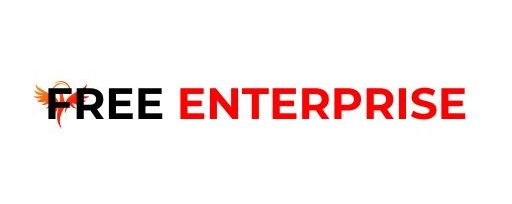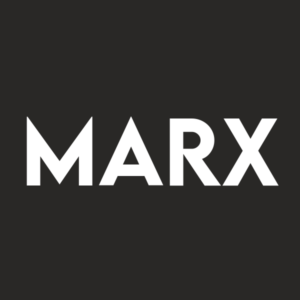
<!-- HTML_TAG_START -->NasdaqGS:CRAI Earnings and Revenue Growth December 22nd 2024<!-- HTML_TAG_END -->
Even when a business is losing money, it’s possible for shareholders to make money if they buy a good business at the right price. For example, biotech and mining exploration companies often lose money for years before finding success with a new treatment or mineral discovery. But the harsh reality is that very many loss making companies burn through all their cash and go bankrupt.
So should Lightbridge (NASDAQ:LTBR) shareholders be worried about its cash burn? In this report, we will consider the company’s annual negative free cash flow, henceforth referring to it as the ‘cash burn’. The first step is to compare its cash burn with its cash reserves, to give us its ‘cash runway’.
Check out our latest analysis for Lightbridge
You can calculate a company’s cash runway by dividing the amount of cash it has by the rate at which it is spending that cash. As at September 2024, Lightbridge had cash of US$27m and no debt. Looking at the last year, the company burnt through US$8.0m. That means it had a cash runway of about 3.3 years as of September 2024. There’s no doubt that this is a reassuringly long runway. The image below shows how its cash balance has been changing over the last few years.
Because Lightbridge isn’t currently generating revenue, we consider it an early-stage business. Nonetheless, we can still examine its cash burn trajectory as part of our assessment of its cash burn situation. With the cash burn rate up 18% in the last year, it seems that the company is ratcheting up investment in the business over time. However, the company’s true cash runway will therefore be shorter than suggested above, if spending continues to increase. Admittedly, we’re a bit cautious of Lightbridge due to its lack of significant operating revenues. So we’d generally prefer stocks from this list of stocks that have analysts forecasting growth.
While Lightbridge does have a solid cash runway, its cash burn trajectory may have some shareholders thinking ahead to when the company may need to raise more cash. Companies can raise capital through either debt or equity. Many companies end up issuing new shares to fund future growth. By comparing a company’s annual cash burn to its total market capitalisation, we can estimate roughly how many shares it would have to issue in order to run the company for another year (at the same burn rate).




